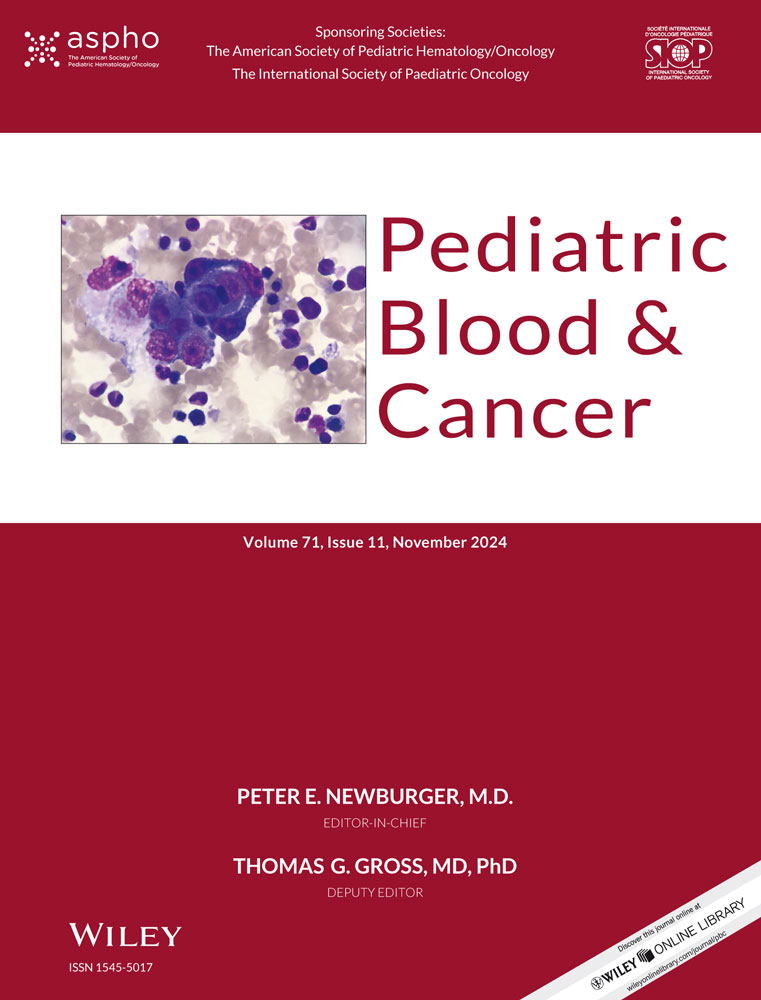Outcomes for patients with perineal and perianal rhabdomyosarcoma: A report from the Children's Oncology Group Soft Tissue Sarcoma Committee
Level of Evidence:IV.
Presented at the American Pediatric Surgical Association; Phoenix, AZ, USA; May 2024.
Abstract
Purpose
To describe clinical features, risk factors, and outcomes of patients with perineal and perianal rhabdomyosarcoma.
Methods
The records of 51 patients (38 perineal and 13 perianal) enrolled on Children's Oncology Group clinical trials between 1997 and 2012 were reviewed.
Results
At presentation, 53% were female, 65% were older than 10 years of age, 76% were alveolar histology, 76% were more than 5 cm, 84% were invasive, 65% were regional node positive by imaging, 49% were metastatic, only 16% were grossly resected upfront, and 25% of patients had a delayed excision. At a median follow-up of 6.13 years, estimated 5-year event-free survival (EFS) was 38% [22.17%–53.38%], and overall survival (OS) was 42% [26.66%–58.21%]. The rates of local, regional, and distant failure were 15.6%, 13.7%, 43.1%, respectively; all failures ultimately died. By univariate analysis, only age more than 10 years negatively impacted 5-year EFS (p = .023) and OS (p = .09), and IRS Group also impacted OS (p = .043). In Cox proportional hazards model, neither of these variables were significant after adjusting for other factors.
Conclusion
Patients with perineal and perianal rhabdomyosarcoma have a poor overall prognosis, probably related to poor patient and disease characteristics at presentation.
CONFLICT OF INTEREST STATEMENT
The authors declare no conflicts of interest.
Open Research
DATA AVAILABILITY STATEMENT
The data that support the findings of this study are available from the corresponding author upon reasonable request.




